The Brennans of Ballyellen
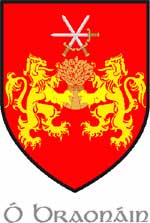 The Brennans
The connection with the Brennans is through Ellen Brennan who married John Medlar in [1884] in Dublin. Ellen's Father was born in Co. Carlow (place to be determined). A carpenter by trade he was the lock-keeper at the Upper Ballyellen Lock just north of Goresbridge. His son Pat was the assistant lock-keeper and took over the main position when his father died. When Pat's wife died his daughter Mary (Blondie) continued to live in the family home and when Pat himself died Blondie moved to Dublin to stay with the Medlars [at 53 SCR]. She now lives alongside her daughter Patricia, in Raheny, Dublin. When Ellen Brennan's husband John died, around 1890, she farmed out her two children to the grandparents so that she could go back into domestic service to earn a living. The youngest child, Larry was sent to her folks at the lock where he was reared until he finished his schooling in 1903 and by which time his mother had remarried (1897). You can hear some of Larry's stories, including those at the lock here. Upper Ballyellen Lock
There are two locks at Goresbridge: the upper and lower Ballyellen locks. John Brennan was in charge of the Upper Lock and his son Pat took over when he died sometime between 1901 and 1911. The locks were an essential element in the navigability of the River Barrow which linked into the Grand Canal. 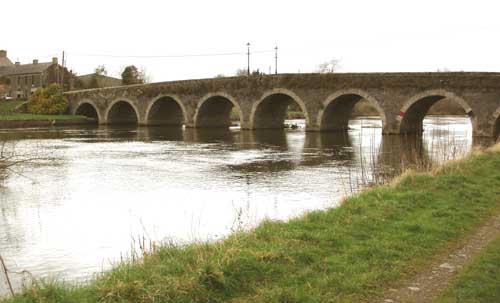 This is (literally) Goresbridge. The Upper Ballyellen lock is north (upstream) of the Bridge while the lower lock is to the south of it. The river is still navigable and the locks are in use. They can both be reached from the bridge by the original towpaths. 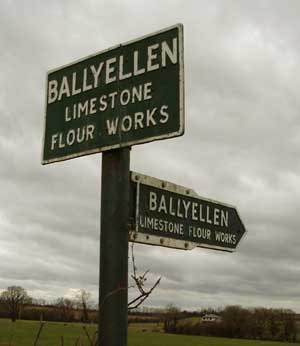 The limestone quarry and lime flour mill is situated right at the upper lock and the canal was presumably used to transport the product until the coming of the railway.  The quarry is still in use and access to the lock is now through the mill unless you walk the towpath from Goresbridge.  Some idiot interfered with the signage on the towpath at Goresbridge. At least they left the buoy in place. 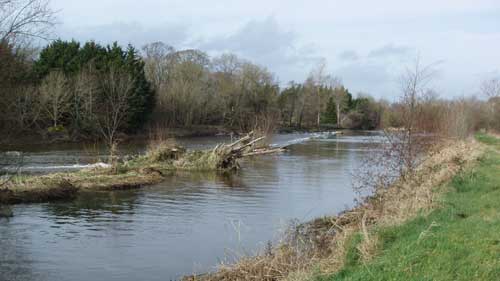 The weir is what separates the river from the canal. Or to put it another way, the weir traps the water into the short section of canal. The height of the water in the canal (nearest the viewer) is maintained by the lock at the end of the section. Meanwhile the height of the river water, which has passed over the weir, has been falling and the boats travelling downstream take the canal route and are then lowered through the lock to rejoin the river. And vice versa going upstream. The line of the weir is clearly visible from the trees and other flotsam struggling to get over it.  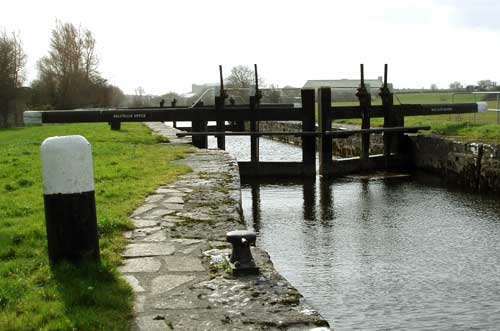 This is the first gate of the lock, looking downstream towards Goresbridge. Note the bollards, old and new, in the foreground for mooring the boat while it waits for the lock gate to open. Note also that the sluices in this gate are open. You can see this from the raised racks (upward projecting toothed rods), and it is confirmed by the same level of water on both sides of the gate. 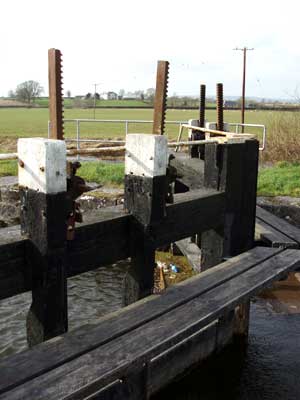 A closer look at the racks. 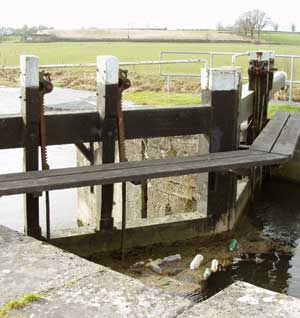 This is the second gate which leads out into the river. The sluices are closed so the main bulk of the water does not pass and remains in the lock. Note that the racks are in the downwards position and the level of the water is down to that of the river on the other side of the gate. 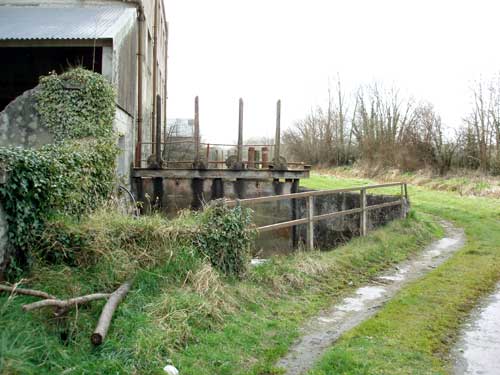 The Maps From Google Maps (2008)Loading...
|